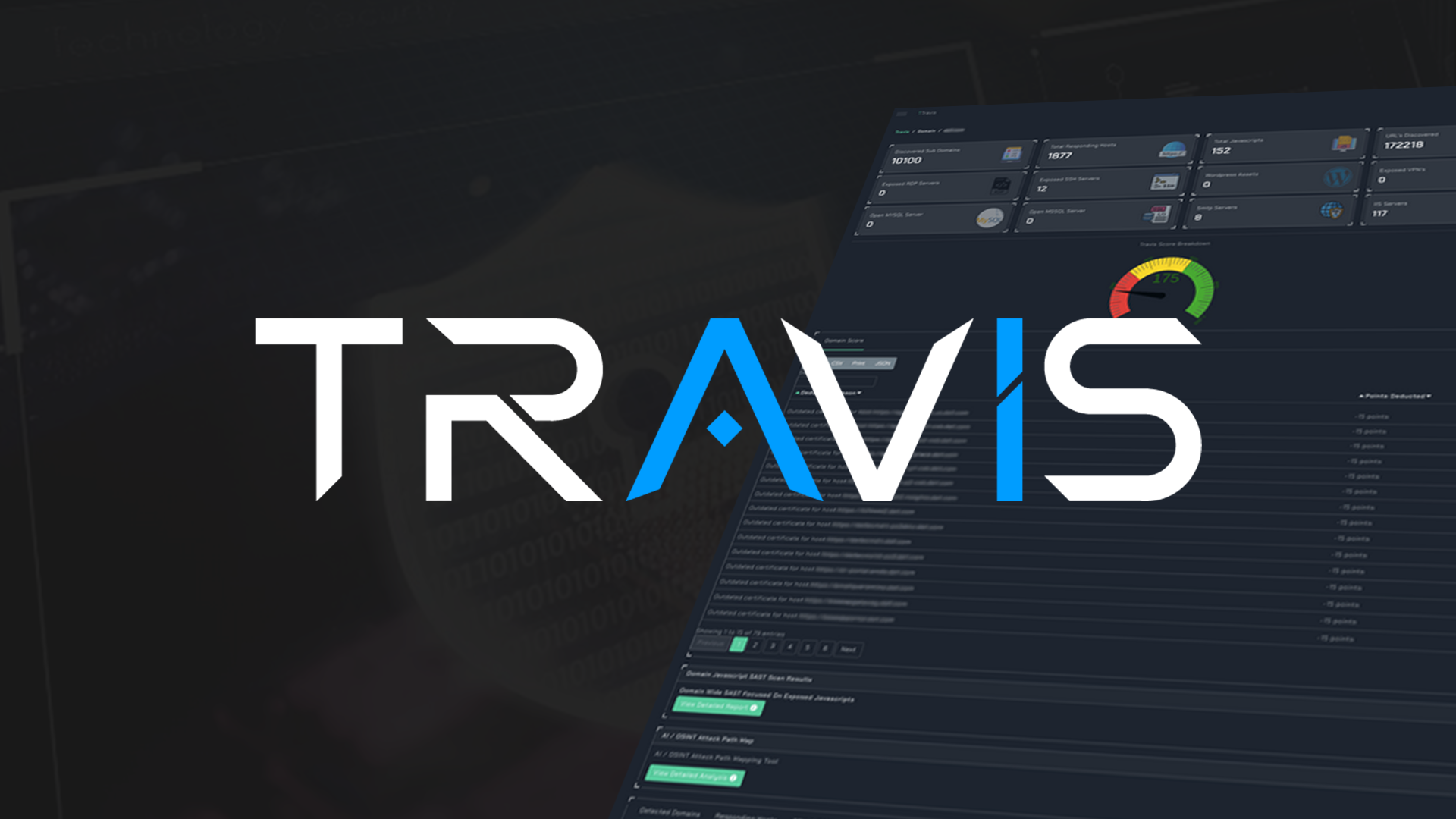As cyber threats continue to evolve, the Medusa ransomware has emerged as a formidable adversary in the digital landscape. On March 12, 2025, the FBI, Cybersecurity and Infrastructure Security Agency (CISA), and the Multi-State Information Sharing and Analysis Center (MS-ISAC) issued a joint advisory highlighting the escalating danger posed by this ransomware-as-a-service (RaaS) operation. With over 300 victims across critical infrastructure sectors since February 2025, Medusa ransomware is no longer a distant concern—it’s a pressing threat demanding immediate attention.
What Is Medusa Ransomware?

Medusa ransomware, first identified in June 2021, is a sophisticated RaaS variant that has gained notoriety for its aggressive tactics and widespread reach. Unlike standalone malware, RaaS operates as a business model where developers create the ransomware and lease it to affiliates—known as "Medusa actors"—who carry out attacks. This collaborative approach has fueled its rapid proliferation, making it a significant cybersecurity challenge in 2025.
The ransomware employs a double extortion model, encrypting victims' data and threatening to leak it on the dark web unless a ransom is paid. Medusa actors typically initiate attacks through phishing campaigns or by exploiting unpatched software vulnerabilities, targeting organizations across industries such as healthcare, education, legal, insurance, technology, and manufacturing. According to the joint advisory, Medusa’s victim count exceeds 300 as of February 2025, with the true scope potentially even larger.
Key Characteristics of Medusa Ransomware
themes
- Initial Access: Phishing emails and exploited vulnerabilities in unpatched systems.
- Extortion Tactics: Encrypts data and threatens public release via a dark web leak site with countdown timers.
- Payment Demands: Ransoms are paid in cryptocurrency, with options to delay data leaks for an additional $10,000 USD per day.
- Evasion Techniques: Uses "living off the land" (LotL) methods, leveraging legitimate tools like PowerShell and Windows Command Prompt to avoid detection.
The Escalating Threat: Why Medusa Ransomware Matters in 2025

The resurgence of Medusa ransomware in 2025 signals a shift in the cybercrime landscape. Posts on X indicate a 42% increase in incidents since 2023, reflecting its growing sophistication and adaptability. The FBI-CISA-MS-ISAC advisory underscores its impact on critical infrastructure, where disruptions can have cascading effects on public safety and economic stability.
Medusa’s Impact on Critical Sectors
- Healthcare: Hospitals face delays in patient care as systems are locked, risking lives.
- Education: Schools and universities lose access to essential records and learning platforms.
- Manufacturing: Production halts, leading to supply chain disruptions.
- Technology: Breaches erode trust and expose sensitive intellectual property.
The advisory notes that Medusa actors often recruit initial access brokers (IABs) from cybercriminal forums, amplifying their reach. Once inside a network, they deploy ransomware swiftly, leaving victims with a narrow 48-hour window to negotiate via Tor-based chats or encrypted messaging platforms. Failure to comply results in data being leaked or sold, with some victims facing repeated extortion even after payment.
Why Is Medusa Ransomware So Dangerous?
- Speed and Scale: Attacks occur almost daily, with a 45% increase over 2024 levels, according to Cyble threat intelligence.
- Adaptability: Uses AI-driven automation and LotL techniques to evade traditional defenses.
- National Security Implications: Targeting critical infrastructure elevates it beyond mere cybercrime.
How Medusa Ransomware Operates: A Technical Breakdown

Understanding Medusa’s tactics, techniques, and procedures (TTPs) is crucial for effective defense. The joint advisory provides detailed insights into its operational playbook:
- Initial Access
- Phishing campaigns trick users into clicking malicious links or downloading infected attachments.
- Exploits known vulnerabilities in outdated software, such as unpatched VPNs or email servers.
- Privilege Escalation
- Credential dumping and brute-force attacks grant deeper system access.
- Scheduled tasks (e.g., svhost) ensure persistence, re-executing every 15 minutes.
- Discovery and Enumeration
- Uses Windows Management Instrumentation (WMI) and tools like Advanced IP Scanner for network mapping.
- Enumerates filesystems to identify high-value data for encryption.
- Defense Evasion
- Employs LotL techniques with native tools like certutil.exe for file transfers.
- Deletes PowerShell command history to cover tracks.
- Execution and Extortion
- Deploys ransomware to encrypt files, appending unique extensions.
- Posts ransom demands on a dark web site, linking to cryptocurrency wallets.
This multi-stage approach makes Medusa both stealthy and devastating, challenging even well-prepared organizations.
Protective Measures: How to Safeguard Against Medusa Ransomware

The FBI, CISA, and MS-ISAC emphasize proactive mitigation over reactive response.
1. Patch Systems Immediately
- Why: Medusa exploits known vulnerabilities in unpatched software.
- How: Prioritize updates for internet-facing services (e.g., VPNs, email servers) and use automated patch management tools.
- Source: CISA’s Known Exploited Vulnerabilities Catalog.
2. Enable Multi-Factor Authentication (MFA)
- Why: Phishing often compromises credentials; MFA adds a critical layer of defense.
- How: Implement MFA on all email accounts, VPNs, and remote access points.
- Source: FBI-CISA advisory, March 12, 2025.
3. Segment Networks
- Why: Limits lateral movement if attackers gain entry.
- How: Use firewalls and VLANs to isolate critical systems from general networks.
- Source: MS-ISAC best practices.
4. Filter Network Traffic
- Why: Blocks malicious communications and unauthorized access.
- How: Deploy intrusion detection systems (IDS) and restrict unused ports.
- Source: CISA mitigation recommendations.
5. Educate Employees
- Why: Phishing remains Medusa’s primary entry point.
- How: Conduct regular security awareness training to recognize suspicious emails and links.
- Source: #StopRansomware campaign.
6. Backup Data Regularly
- Why: Restores operations without paying ransoms.
- How: Maintain offline, encrypted backups tested for integrity.
- Source: Blue Goat Cyber
7. Report Incidents, Avoid Ransom Payments
- Why: Paying encourages further attacks and may not guarantee data recovery.
- How: Contact the FBI’s Internet Crime Complaint Center (IC3) at ic3.gov.
- Source: FBI guidance, March 2025.
The Bigger Picture: Medusa Ransomware and Cybersecurity Trends

Medusa’s rise reflects broader trends in 2025’s cybersecurity landscape. The Red Report 2025 by Picus Labs notes a threefold surge in credential theft, a tactic Medusa exploits heavily. Meanwhile, AI-driven malware—though overhyped—enhances automation in attacks like these. Quantum-resistant solutions, such as AliroNet’s award-winning technology, signal a future where traditional defenses may need retooling.
Should You Be Worried?
Yes, but panic isn’t the answer. Medusa’s focus on critical infrastructure underscores its potential to disrupt lives and economies. Small businesses, often lacking dedicated cybersecurity teams, are especially vulnerable. As Anton Dahbura of Johns Hopkins University noted, “Small companies should really pay particular attention” due to limited resources.
Conclusion: Staying Ahead of the Medusa Ransomware Threat

The Medusa ransomware threat is escalating, but it’s not unbeatable. By understanding its methods and implementing robust defenses, organizations can mitigate risks and maintain resilience. The FBI, CISA, and MS-ISAC advisory serves as both a warning and a roadmap—patch systems, secure credentials, and educate staff to turn the tide against this digital menace.
For the latest updates, monitor CISA’s #StopRansomware initiative or follow cybersecurity discussions on X. Have questions or need tailored advice? Fill out the form below to book a demo. Find out how TRaViS can aide in your proactive approach.
